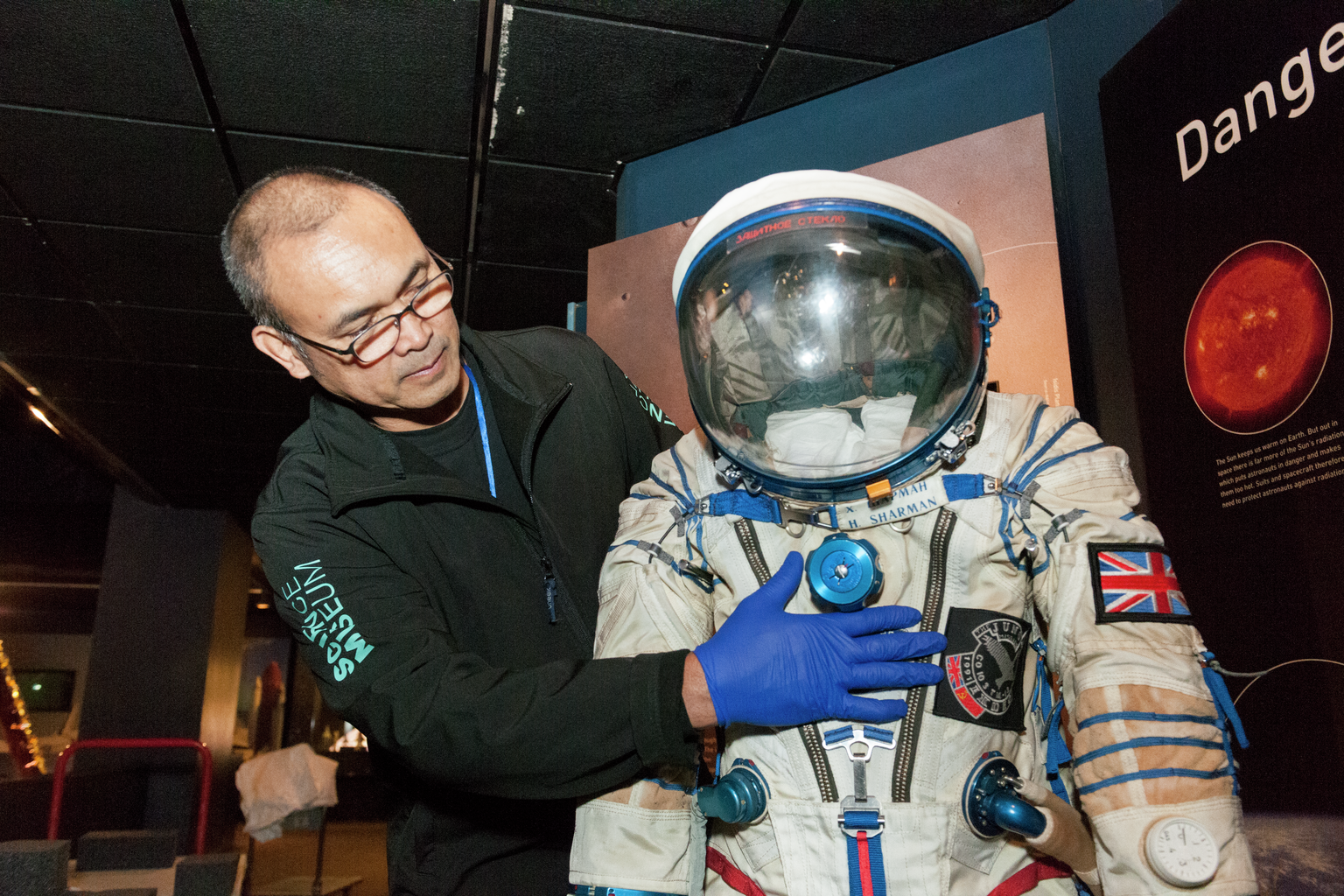Just over a week ago, after spending the summer touring in Newcastle as part of the Great Exhibition of the North, the spacesuit worn by the first Briton in space, Helen Sharman, went back on display in our Exploring Space Gallery as the museum begins a trial selling National Lottery tickets from its shop.
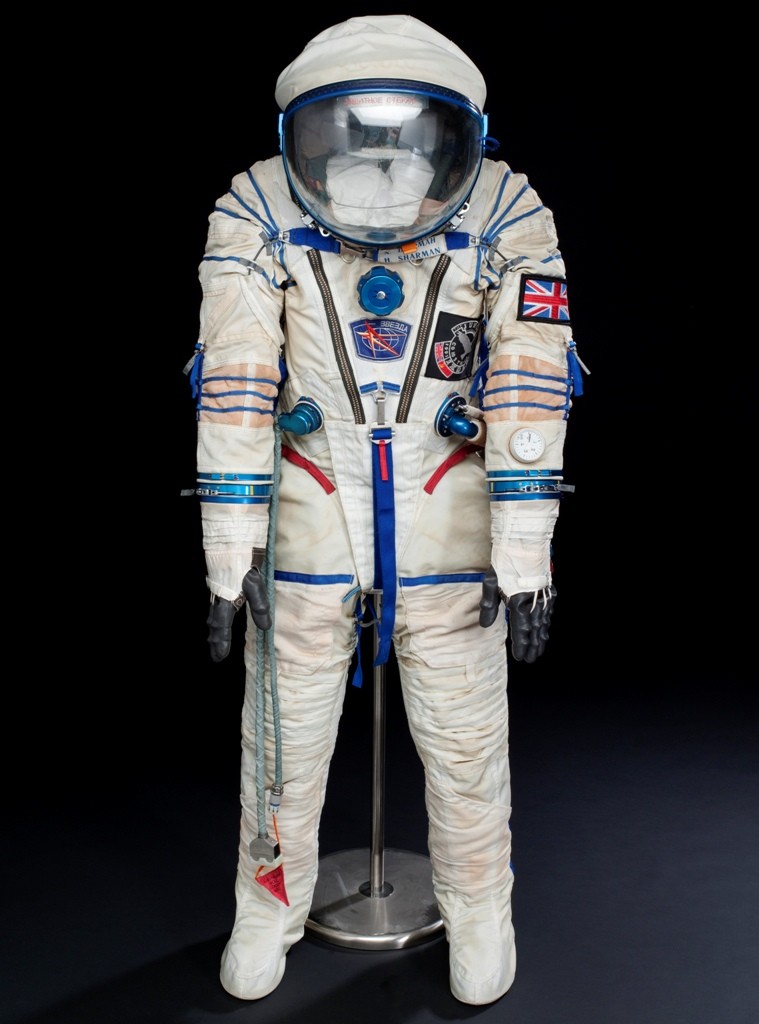
The Sokol suit was acquired by the museum in 2006 thanks to a National Lottery grant, via the Heritage Lottery Fund (HLF), and Sharman wore this rescue suit during her flight on board SOYUZ-TM-12 to and from the MIR space station in 1991.
The world’s first spacesuits were developed by the NPP (Research & Development Production Enterprise) Zvezda (‘Star’), which was built in 1952 in the Moscow province of Tomilino and was led for many decades by academician Guy Severin, an expert in developing and creating life-support systems for pilots and cosmonauts.
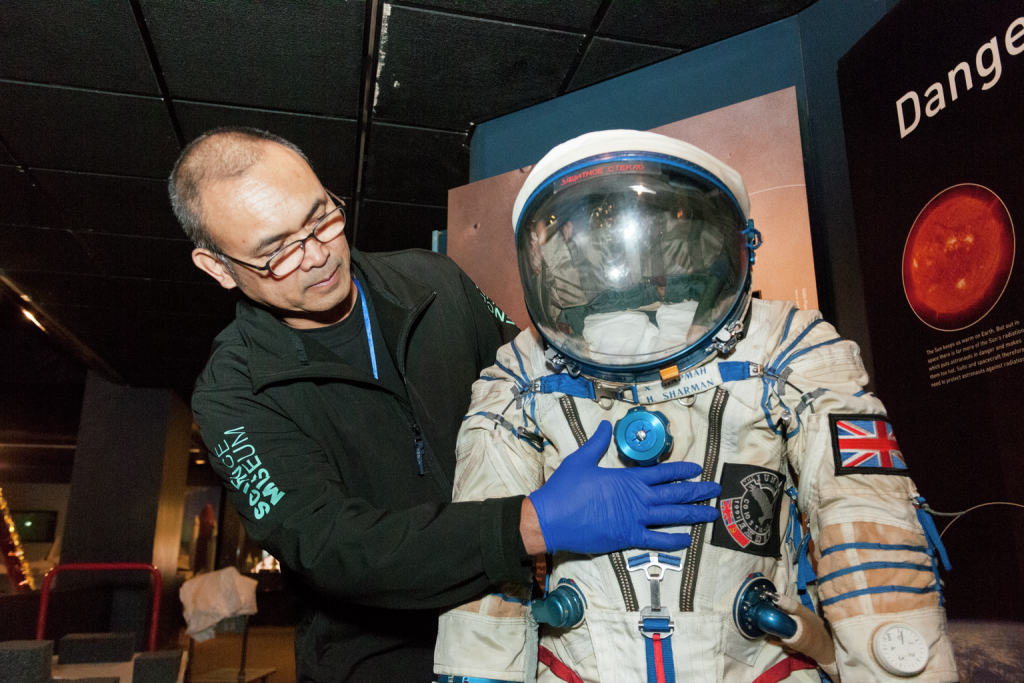
The very first, SK-1 – orange, with a white helmet inscribed in red ‘CCCP’ – was worn in the first flight by Gagarin to the sixth by Valentina Tereshkova. Development of the SK-1 by Zvezda began in 1959 but Helen Sharman would wear a later design, the Sokol, which was developed more than a decade later in response to a tragedy.
The 22 lb suit consists of an inner layer of rubberised material and outer layer of white nylon. The suit includes the cosmonaut’s feet and its gloves attach by means of blue anodised aluminium wrist couplings. There is a pressure gauge on the left wrist and a mirror on the right to help the cosmonaut see things that would otherwise be outside his or her field of view.
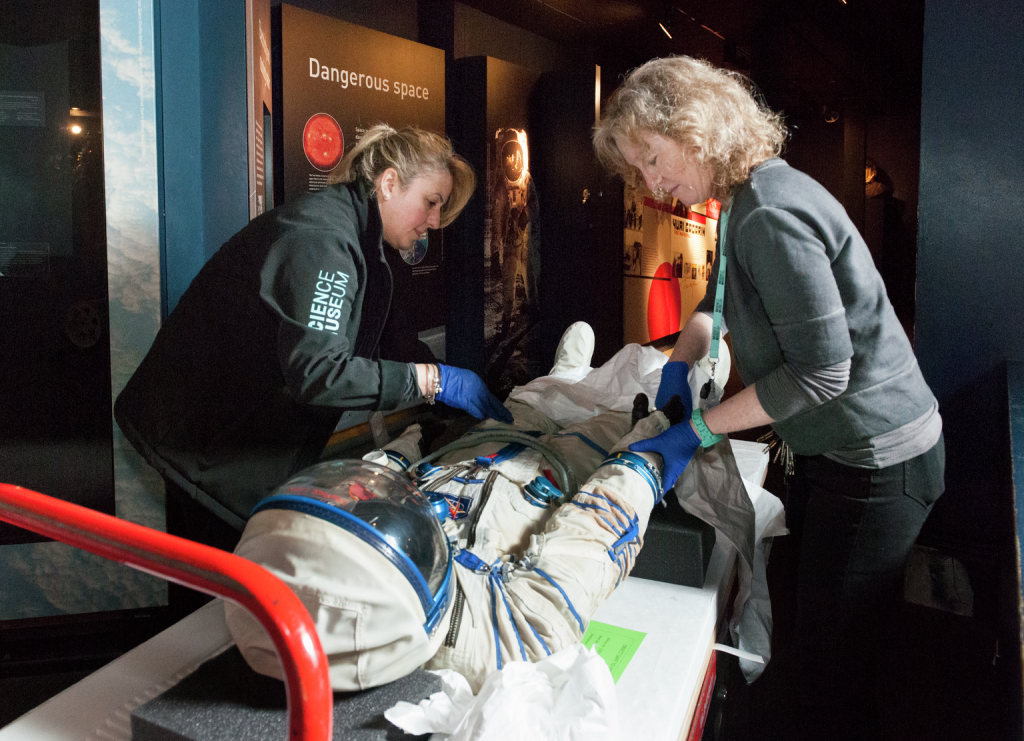
When it came to getting dressed for space Sharman admitted: ‘Perhaps the greatest discomfort I suffered was doing tests in an off the shelf spacesuit, which was suited to fit a man.’
For the Juno mission, Helen was measured in 54 different places to ensure her Sokol (‘Falcon’) suit was a snug fit and could protect her at the riskiest stages of her mission, where there is a likelihood of cabin depressurization, during take-off, docking, undocking and landing.
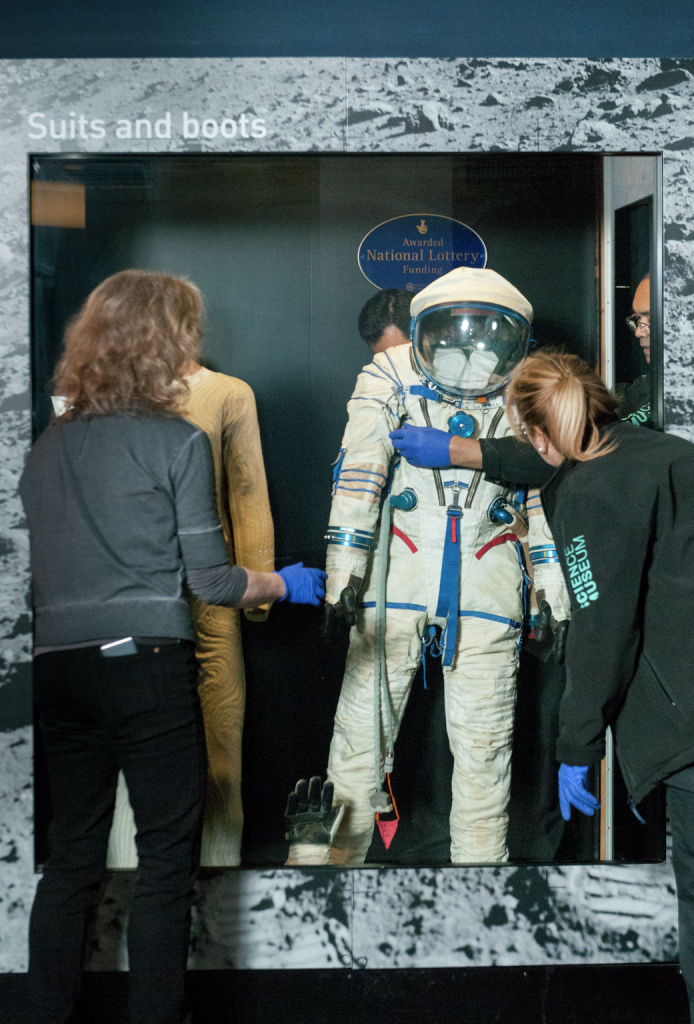
The famous suit has now returned to our Exploring Space gallery as the museum begins a Lottery ticket trial to celebrate the direct link between playing the National Lottery and the good causes that benefit. Since 1995, the Science Museum Group of which the Science Museum is part, has received more than £65m in funding from HLF.
Science Museum Group Deputy Director, Jonathan Newby, said: ‘This trial is a positive way of celebrating the link between playing the National Lottery and inspiring cultural experiences such as seeing Helen Sharman’s spacesuit, which was acquired through a Heritage Lottery Fund grant.’
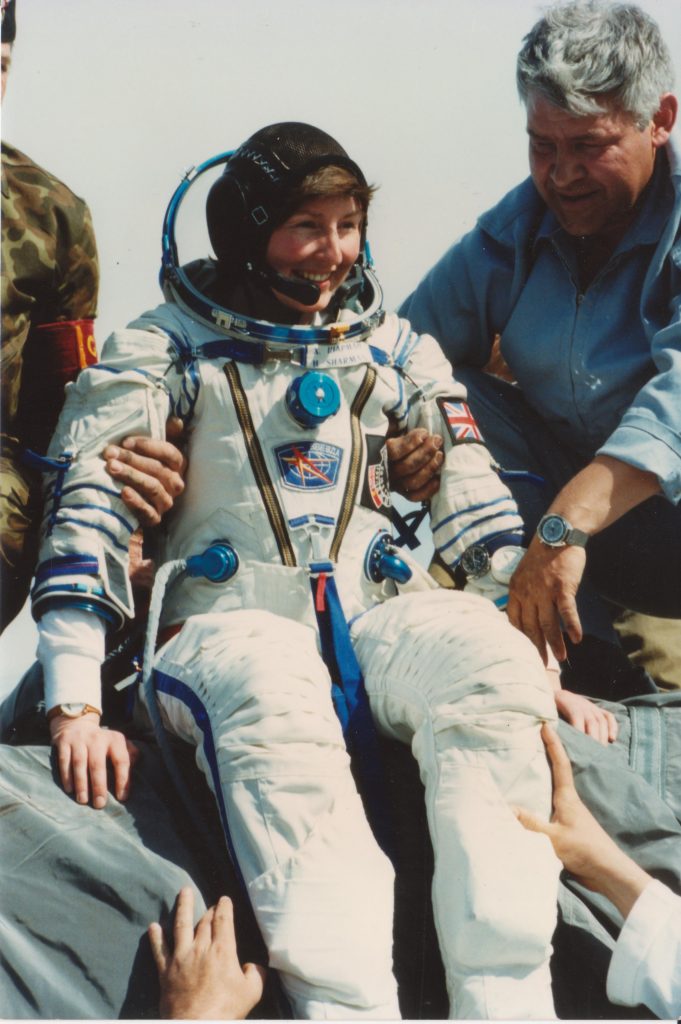
The Science Museum has become the first national museum to trial selling National Lottery tickets and National Lottery operator Camelot hopes to roll it out at other institutions in due course.
Ros Kerslake, HLF’s CEO, said: ‘By buying a National Lottery ticket, players make an enormous contribution to supporting our national heritage, ensuring our museums are out of this world’ – much like Helen Sharman’s spacesuit…
